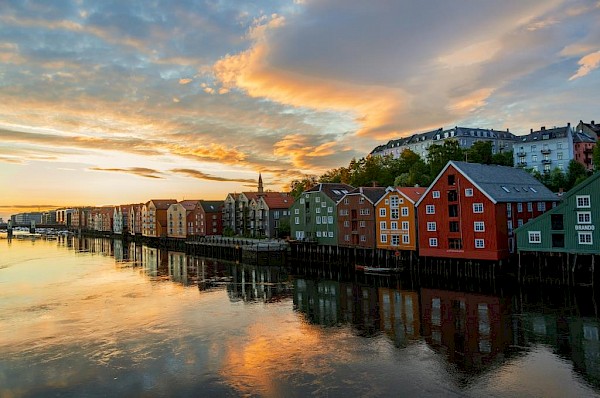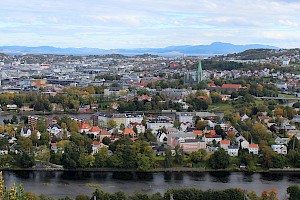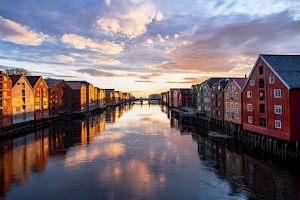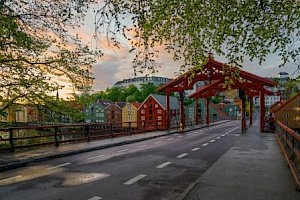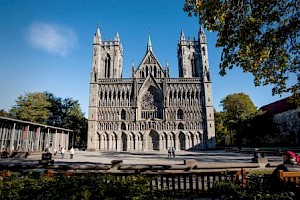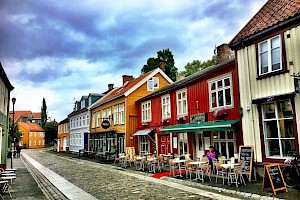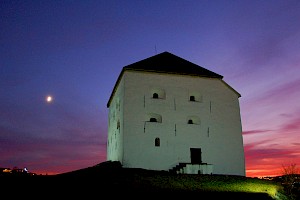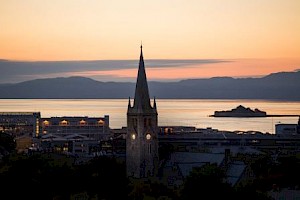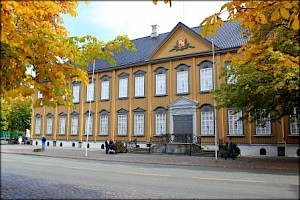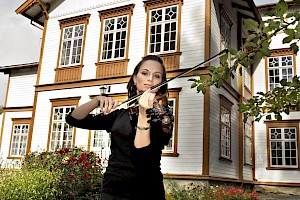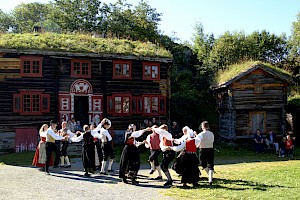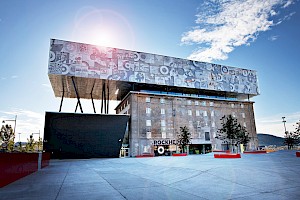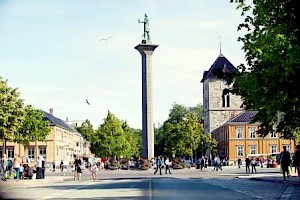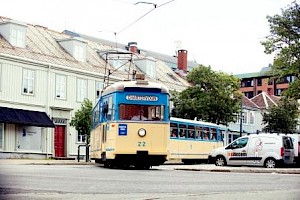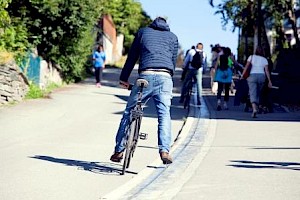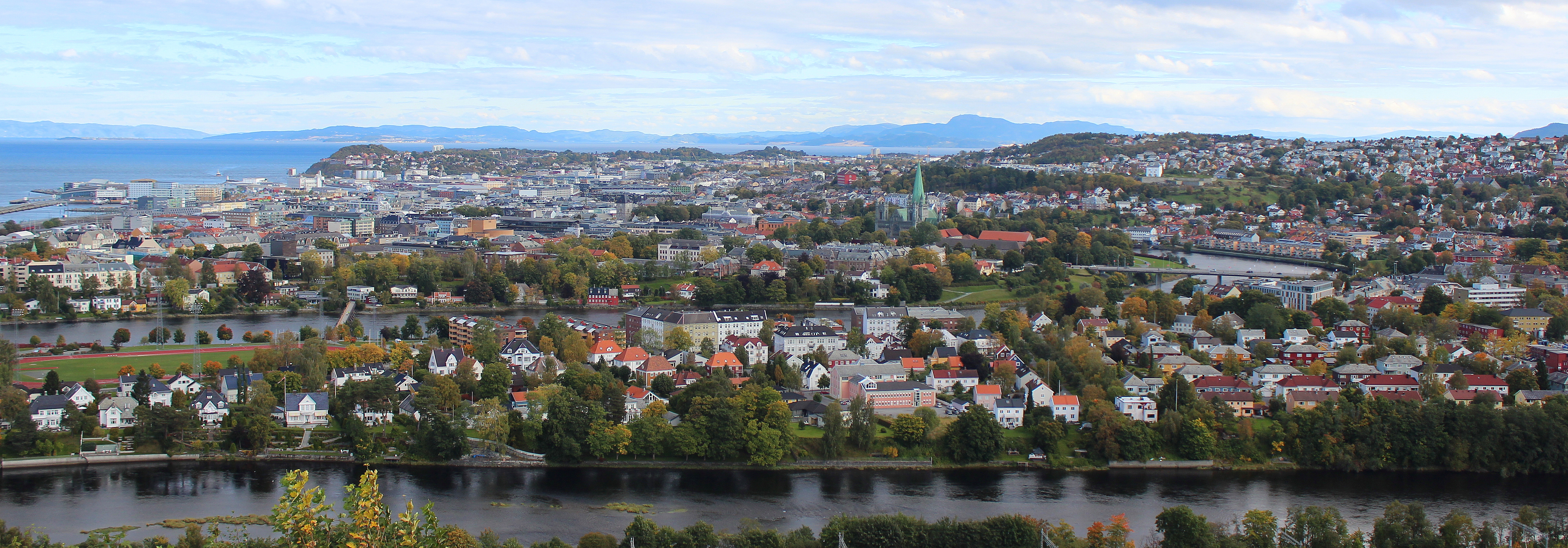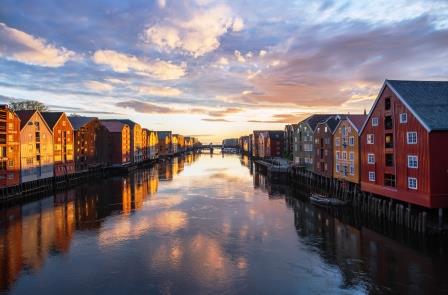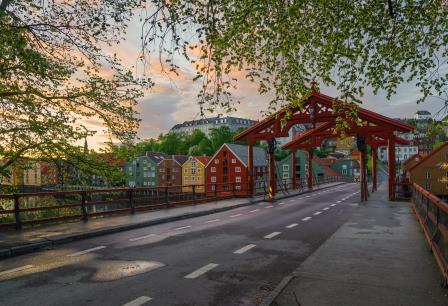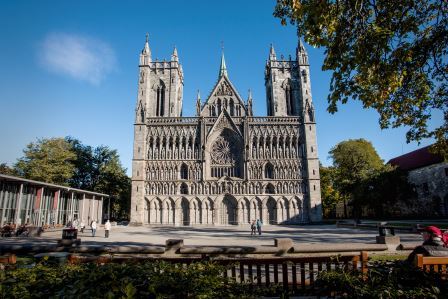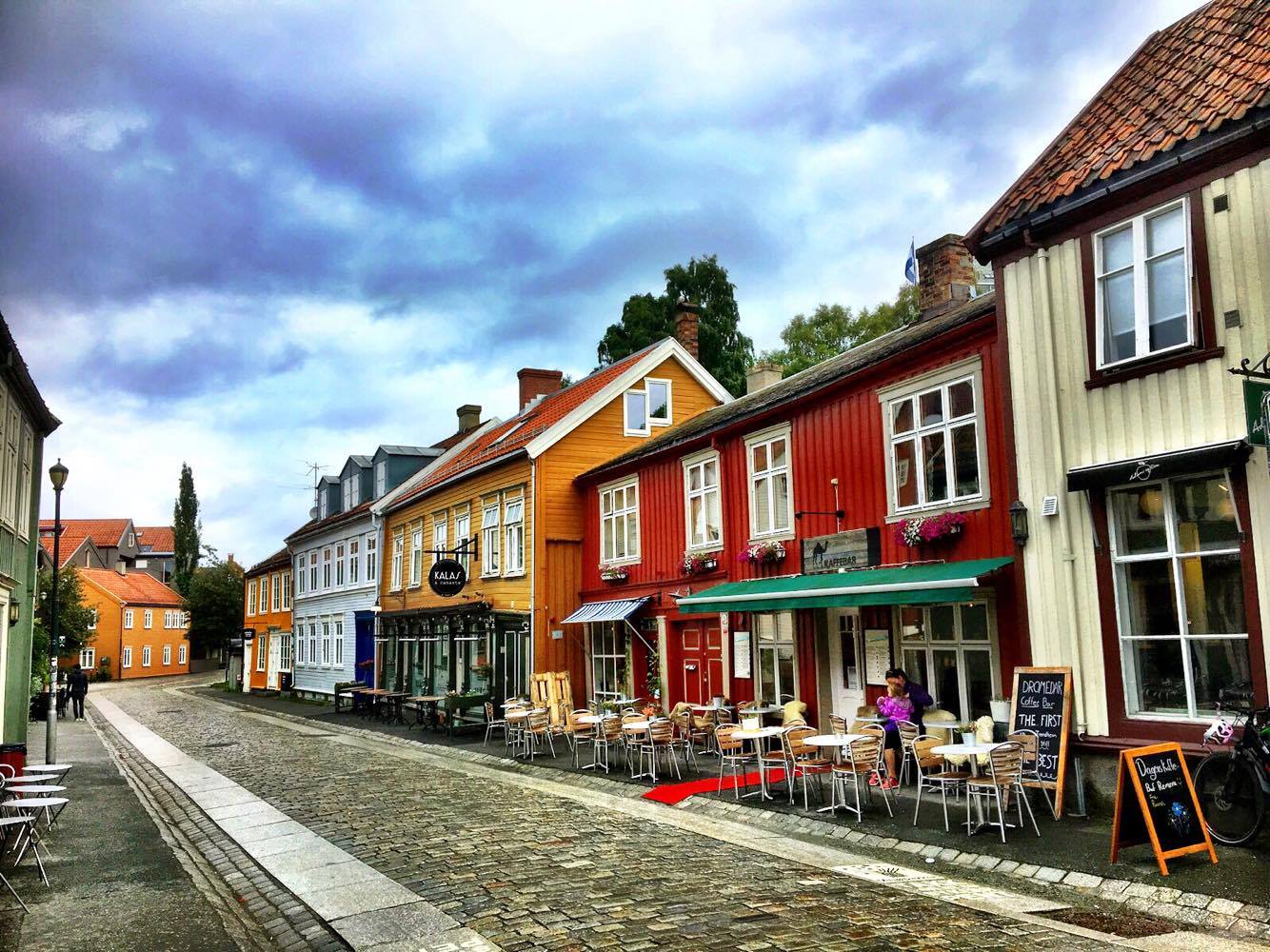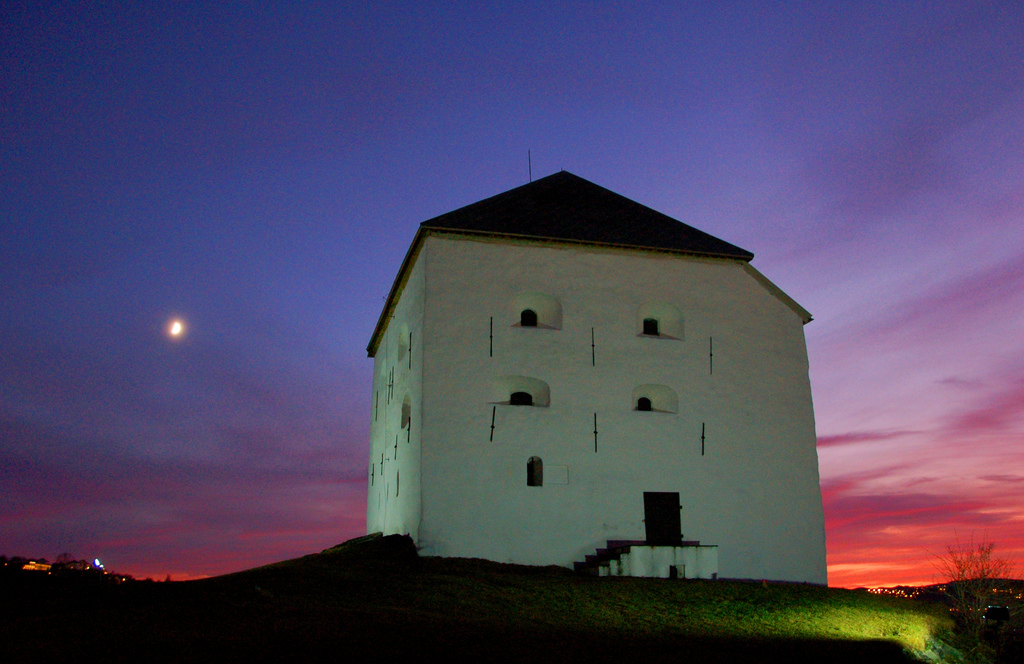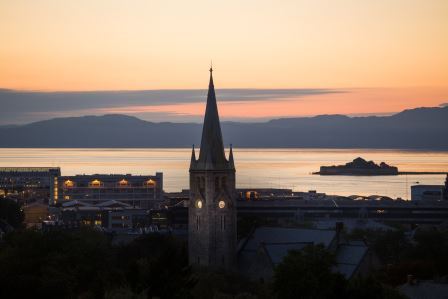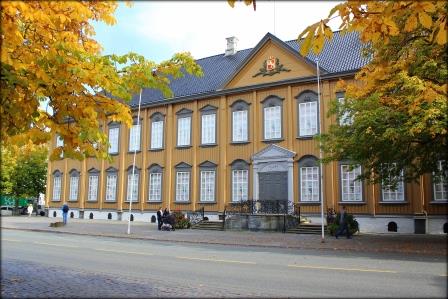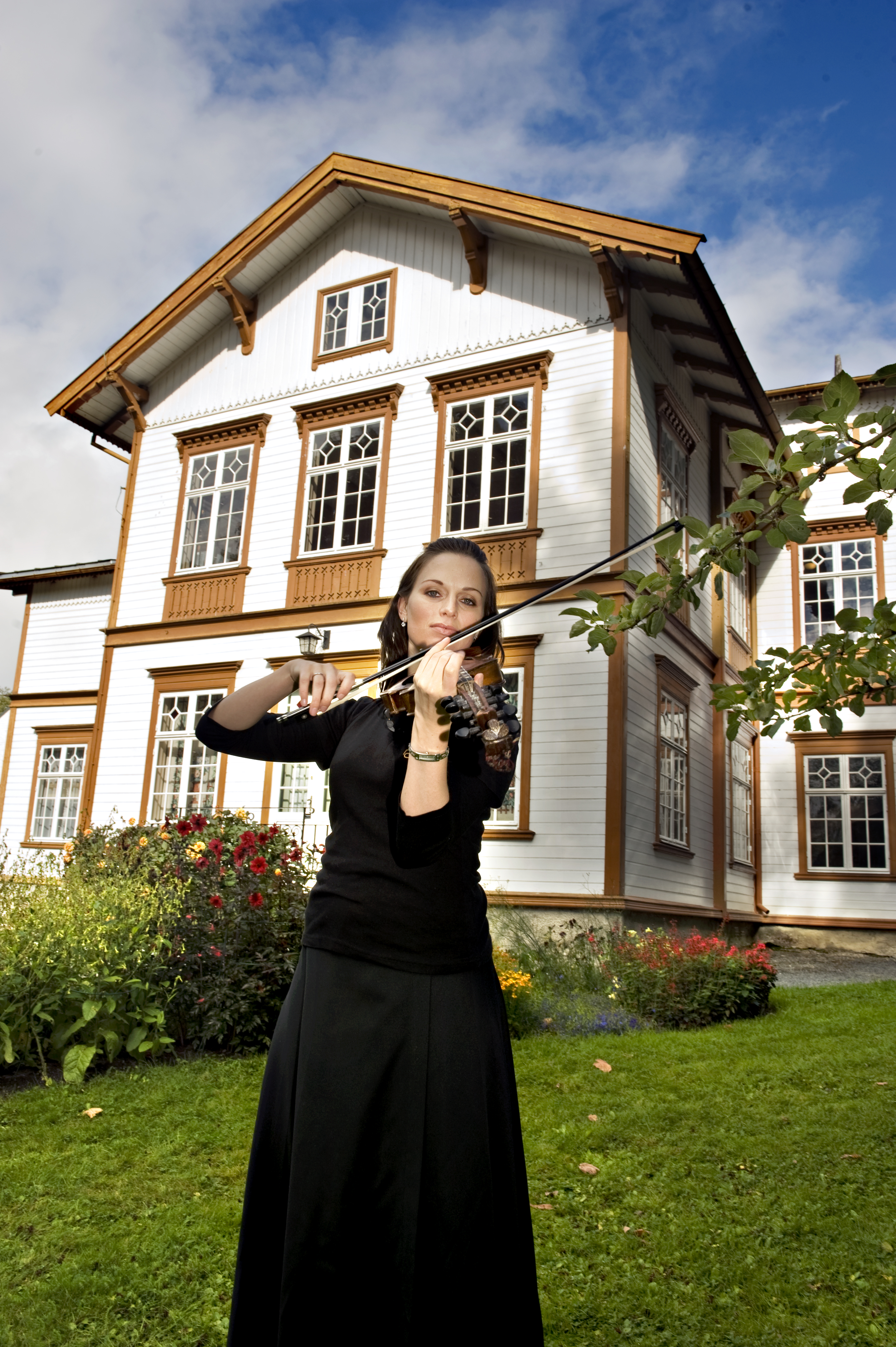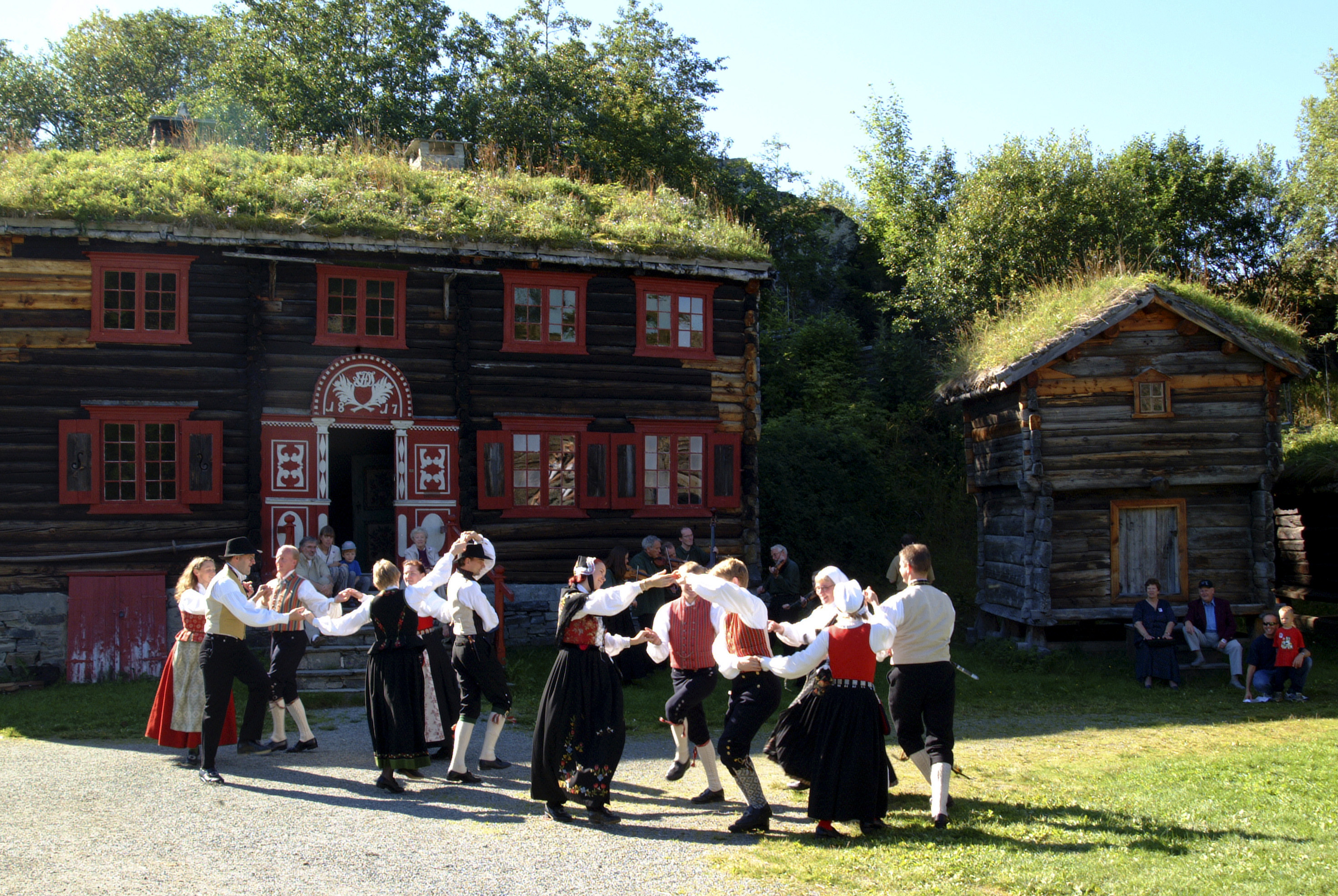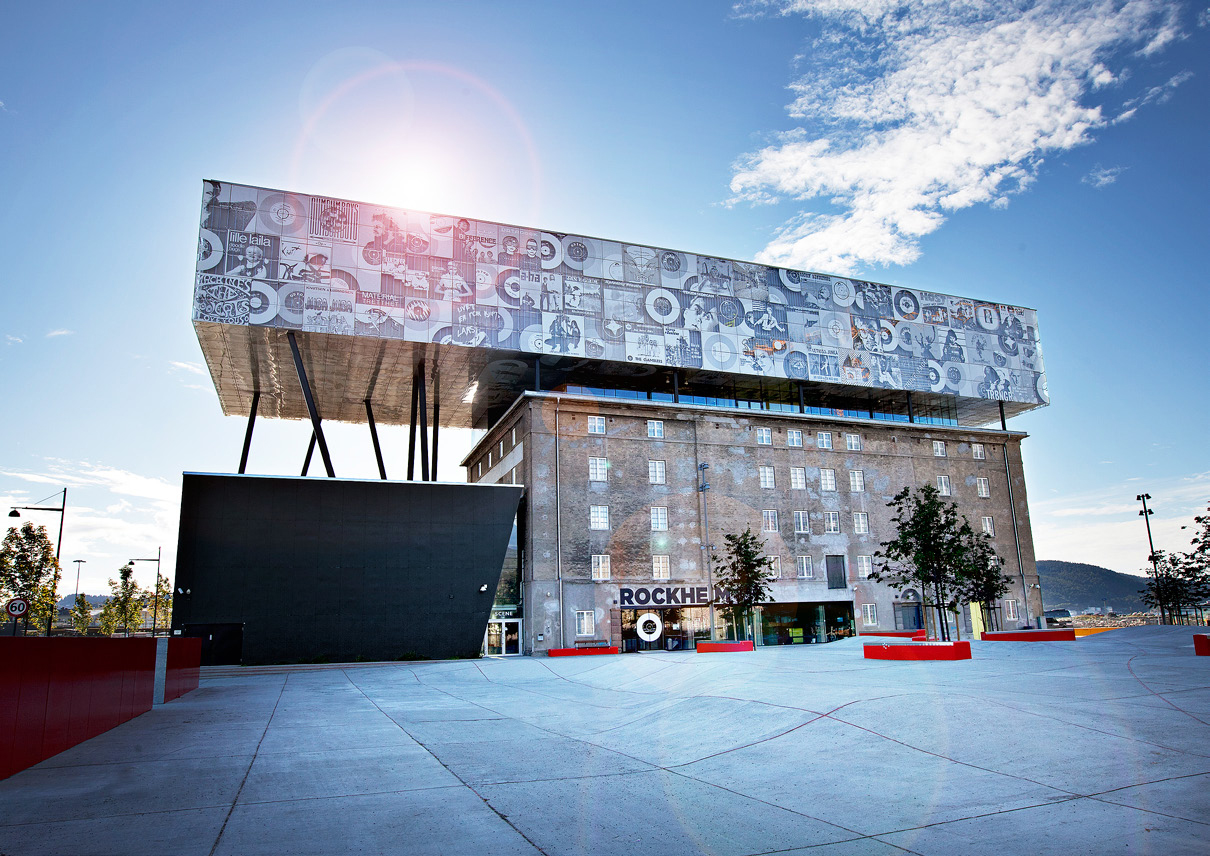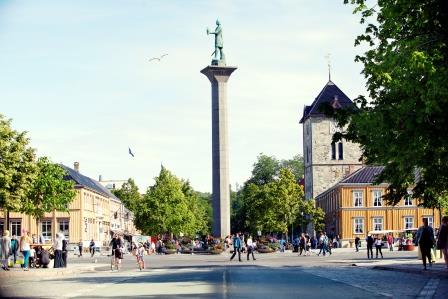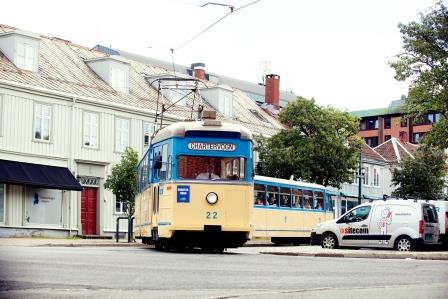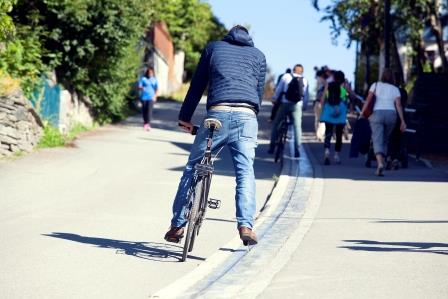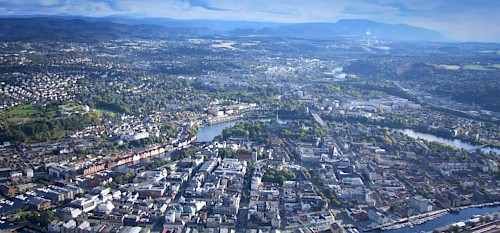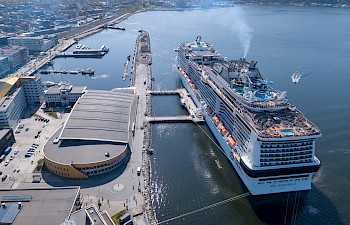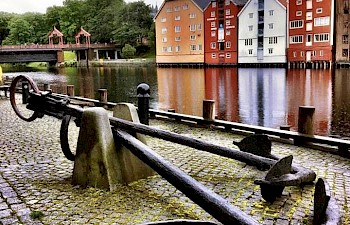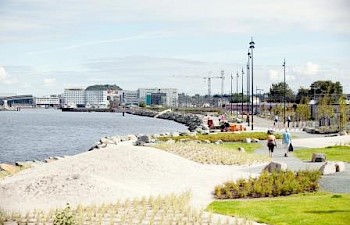- The Nidaros Cathedral is the most northerly gothic cathedral in the world. Building began in 1070 over the grave of St. Olav, but the oldest parts are from the middle of the 12th century.
 Sverresborg Trøndelag Folk MuseumThe museum is the 3rd largest cultural history museum in Norway, and has an impressive collection of more than 80 historical buildings, artifacts and photos. It contains a stave church from 1170 A.D.
Sverresborg Trøndelag Folk MuseumThe museum is the 3rd largest cultural history museum in Norway, and has an impressive collection of more than 80 historical buildings, artifacts and photos. It contains a stave church from 1170 A.D. Ringve - National Museum of MusicNorway's national museum of music and musical instruments with collections from all over the world. Situated at Ringve Gård, one of the distinguished mansions just outside the city centre.
Ringve - National Museum of MusicNorway's national museum of music and musical instruments with collections from all over the world. Situated at Ringve Gård, one of the distinguished mansions just outside the city centre. Stiftsgården, the Royal ResidenceThe largest wooden building in Scandinavia, built as a private residence when the city flourished at the end of the 18th century. The King and Queen usually stay here when they visit Trondheim.
Stiftsgården, the Royal ResidenceThe largest wooden building in Scandinavia, built as a private residence when the city flourished at the end of the 18th century. The King and Queen usually stay here when they visit Trondheim. Thamshavn Heritage Railway and Løkken MinesThe Thamshavn Line was Norway's first electric railway, running from 1908 to 1974. The railway leads from Orkanger to a copper mine at Løkken which was operational from 1654 until 1987.
Thamshavn Heritage Railway and Løkken MinesThe Thamshavn Line was Norway's first electric railway, running from 1908 to 1974. The railway leads from Orkanger to a copper mine at Løkken which was operational from 1654 until 1987.- Trondheims new national museum of Norwegian pop and rock history. Here you can take an active part at the museum when you pass through the decades from the 1950's up until today.

